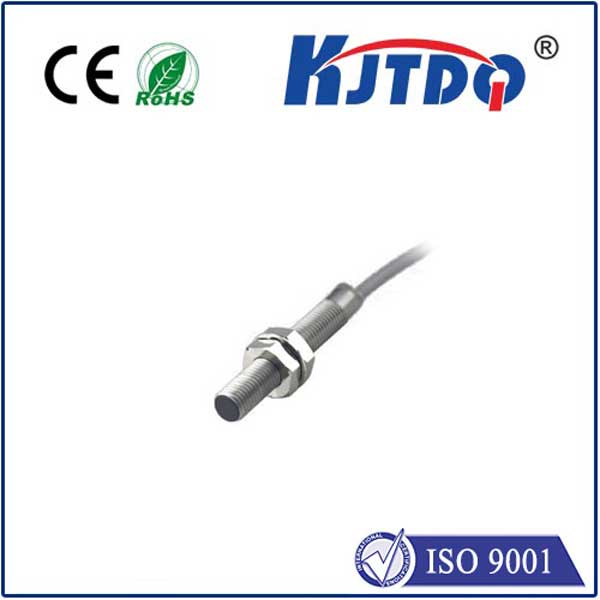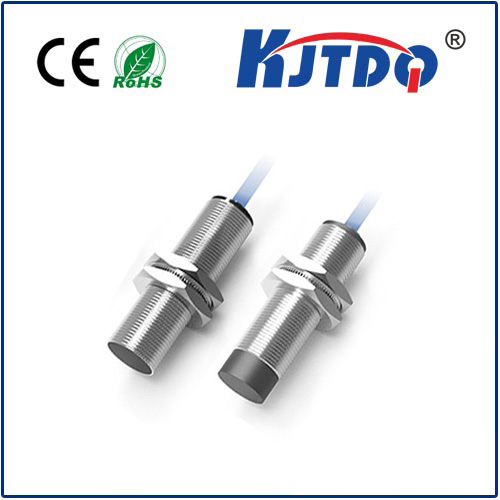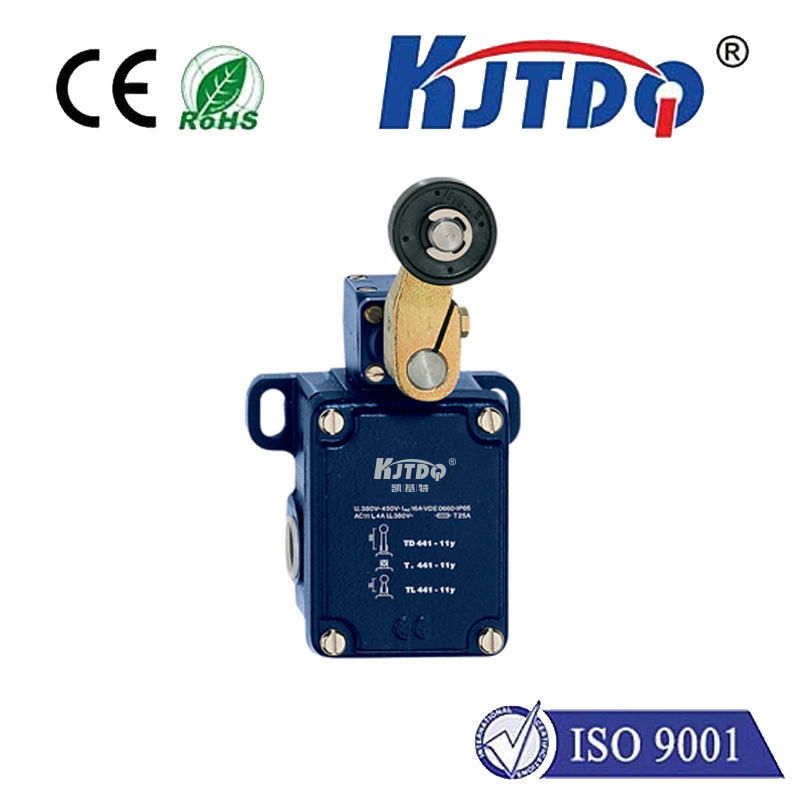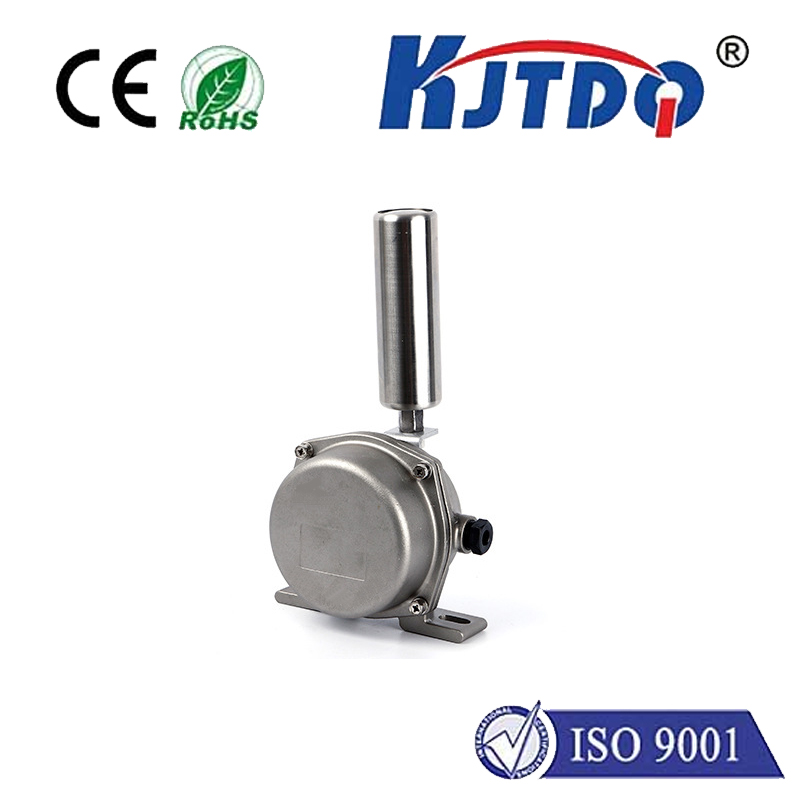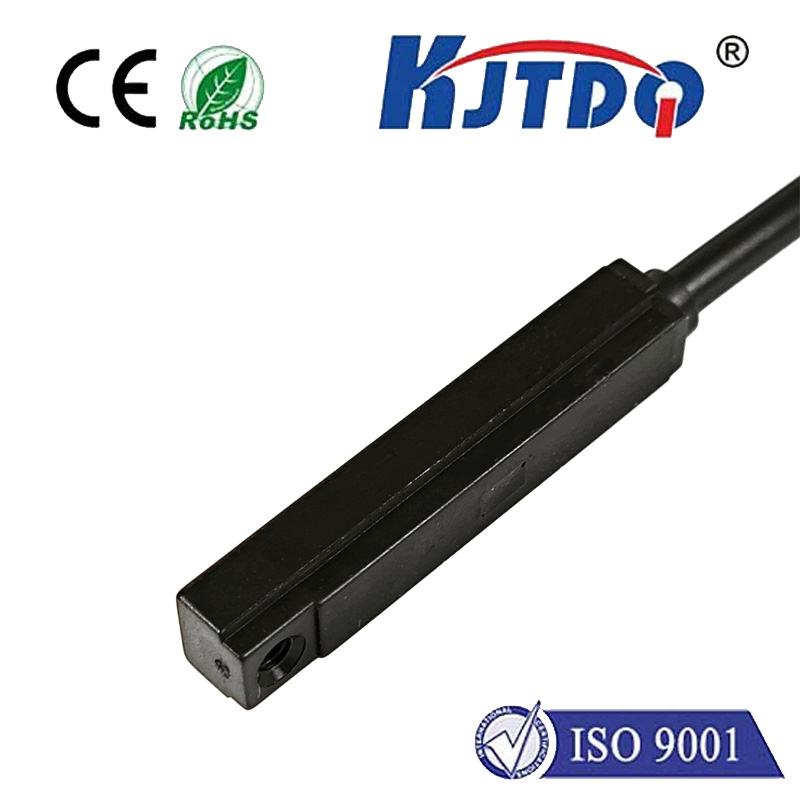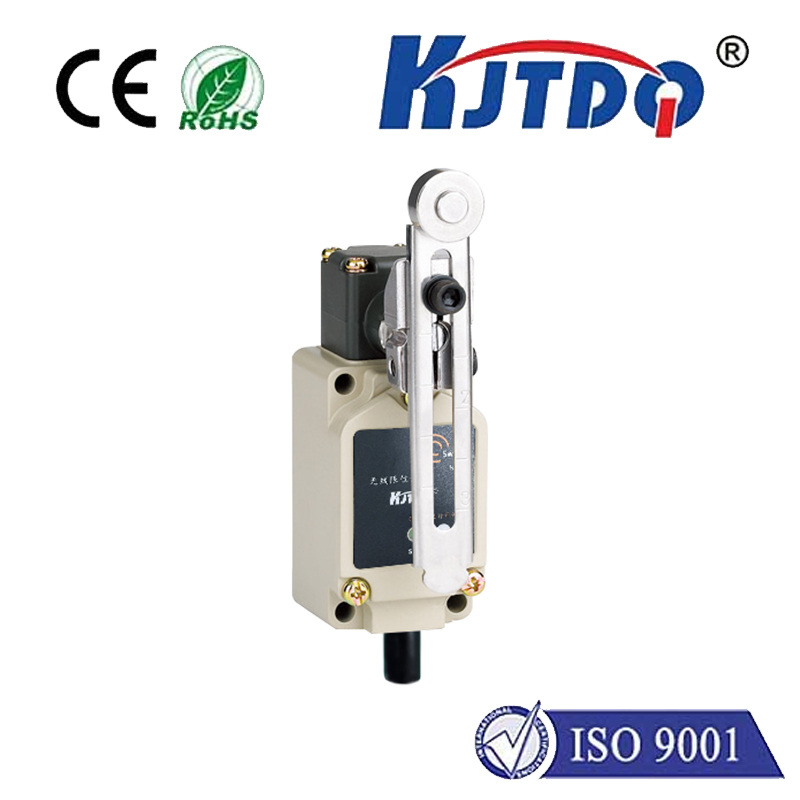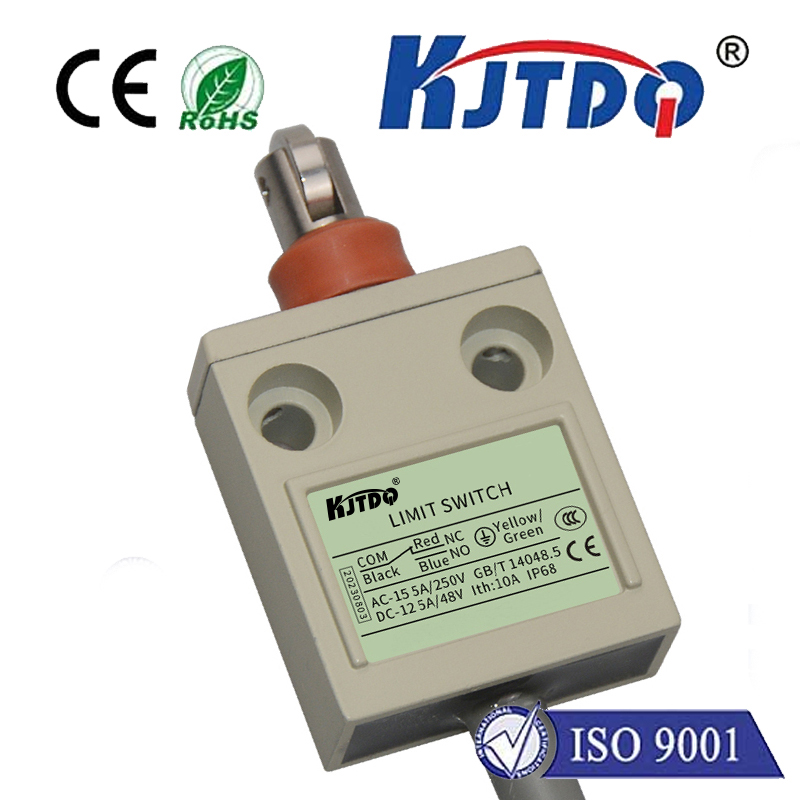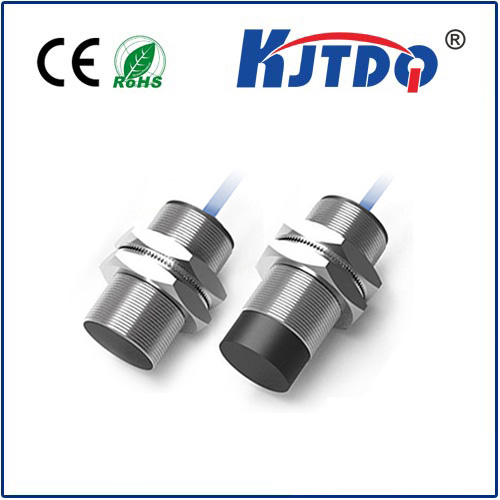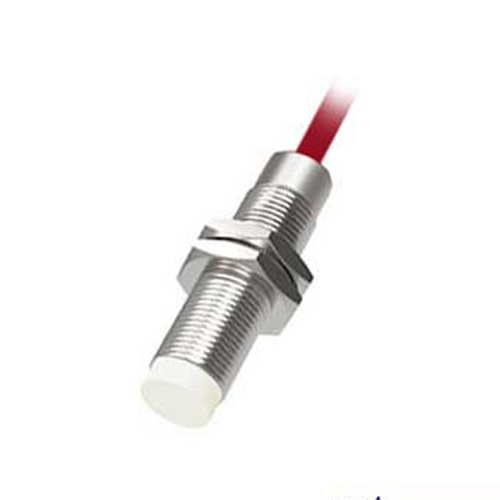detector in optical sensor
- time:2025-08-16 02:23:09
- Нажмите:0
The Indispensable Photodetector: The Heart of Sensing Light in Optical Sensors
Invisible to the eye yet fundamental to modern technology, the photodetector lies at the very core of what makes optical sensors work. From capturing breathtaking images on your smartphone to enabling life-saving medical diagnostics, from guiding autonomous vehicles to monitoring industrial processes, optical sensors transform light into actionable data. But how does this crucial conversion happen? The answer lies almost entirely within a single, critical component: the photodetector.
Understanding the Core Function: Light to Signal
At its simplest, an optical sensor detects the presence, intensity, wavelength, or other characteristics of light. It achieves this through a fundamental process:
- Light Interaction: Incident photons (light particles) interact with the sensor material.
- Conversion: The photodetector performs the vital task of converting these photons into an electrical signal – either a current or a voltage.
- Signal Processing: This electrical signal is then amplified, filtered, and processed by subsequent electronics to extract meaningful information (e.g., an image pixel value, distance measurement, gas concentration).
The photodetector, therefore, is the transducer – the bridge between the optical world and the electronic systems that interpret it. Its performance directly dictates the overall capability, sensitivity, speed, and accuracy of the entire optical sensing system.
Key Types of Photodetectors: Matching Technology to Need

Several photodetector technologies exist, each with distinct characteristics suited for different applications:
- Photodiodes (PDs): The workhorse of photodetection. They operate based on the photovoltaic effect (generating voltage from light) or, more commonly in sensors, the photoconductive mode (current flow changes with light intensity).
- Silicon (Si): Dominant for visible and near-infrared (NIR) light. Cost-effective, reliable.
- Germanium (Ge) & Indium Gallium Arsenide (InGaAs): Essential for extending detection into the short-wave infrared (SWIR) range (1-3 µm).
- Wide Bandgap Semiconductors (SiC, GaN): Enable UV and even deep-UV detection.
- Pin Photodiodes: Offer faster response times and lower capacitance than standard PDs.
- Avalanche Photodiodes (APDs): Operate with internal gain (avalanche multiplication), providing high sensitivity for low-light applications (lidar, fiber optics). Requires precise bias voltage control.
Phototransistors: Function similarly to photodiodes but incorporate internal gain (like a transistor). Often simpler to use than APDs but typically slower and with less precise gain control.
Photomultiplier Tubes (PMTs): Extremely sensitive detectors utilizing the photoelectric effect and secondary emission multiplication in a vacuum tube. Offer unparalleled gain for detecting extremely low light levels (photon counting). However, they are bulky, require high voltage, and are sensitive to magnetic fields.
Charge-Coupled Devices (CCDs) & Complementary Metal-Oxide-Semiconductor (CMOS) Image Sensors: These are integrated arrays of photodiodes, forming the core of digital cameras and many imaging sensors. CCDs historically offered lower noise and higher image quality, while CMOS sensors excel in speed, lower power consumption, integration capabilities, and cost.
Critical Performance Parameters: What Makes a Good Detector?
Choosing the right photodetector hinges on the application’s specific requirements. Key performance metrics include:
- Responsivity ®: Measures the electrical output (A or V) per unit of optical input power (W). How efficiently does it convert light to electricity?
- Quantum Efficiency (QE): The ratio of generated charge carriers (electrons/holes) to incident photons. A fundamental measure of intrinsic efficiency (often
- Spectral Response: The range of wavelengths (colors) the detector can respond to, determined by the material’s bandgap energy.
- Dark Current: The current that flows through the detector even in the absence of light. A major source of noise, especially critical for low-light detection. Minimizing dark current is paramount for high sensitivity.
- Noise Equivalent Power (NEP): The minimum optical input power required to produce a signal equal to the detector’s noise level. Effectively, the smallest detectable signal. Lower NEP indicates higher sensitivity.
- Response Speed / Bandwidth: How quickly the detector can respond to changes in light intensity. Crucial for high-speed communication (fiber optics) or LiDAR.
- Dynamic Range: The ratio between the maximum detectable signal (before saturation) and the minimum detectable signal (dictated by noise).
The Impact: Why the Detector Choice Matters Profoundly
The specific photodetector chosen fundamentally shapes the sensor’s capabilities:
- Low-Light Imaging: Applications like astronomy, night vision, fluorescence microscopy, and some medical imaging demand detectors with exceptionally low dark current and high gain (like cooled CCDs/CMOS, PMTs, or APDs) to achieve usable signal-to-noise ratios (SNR).
- High-Speed Data & LiDAR: Optical communication transceivers and LiDAR systems for autonomous driving require detectors with extremely high bandwidth (fast response time) and often internal gain (APDs). Response speed determines data rate and ranging resolution.
- Precision Spectroscopy: Identifying specific molecules requires detectors with high responsivity and low noise across the target wavelength range (e.g., InGaAs for SWIR spectroscopy).
- Industrial Sensing: Reliability, ruggedness, cost-effectiveness, and suitable spectral range are often key drivers. Silicon photodiodes are ubiquitous here.
- Consumer Electronics: Balancing performance, power consumption, size, and cost is critical. CMOS image sensors dominate due to their high level of integration.
Conclusion (Omitted as per request)
The journey from a beam of light to a meaningful measurement or a stunning image is enabled by the silent workhorse inside the optical sensor: the photodetector. Its ability to efficiently and reliably transform photons into electrons underpins countless technologies shaping our world. Understanding the types, characteristics, and trade-offs of these detectors is essential for designing and deploying effective optical sensing solutions across diverse fields. As materials science and fabrication techniques advance, we continue to push the boundaries of photodetector performance, enabling ever more sophisticated and sensitive ways to interact with light.

